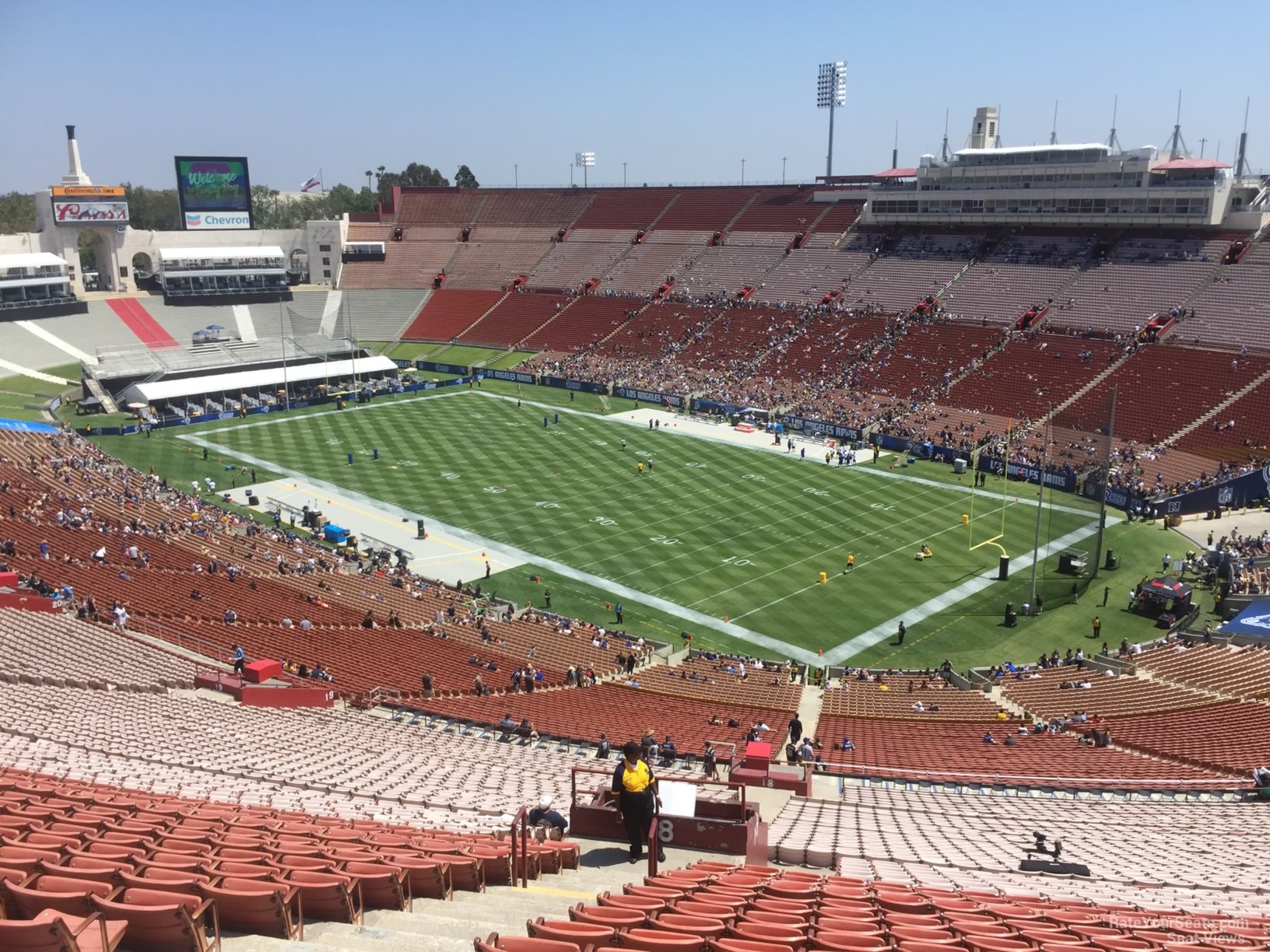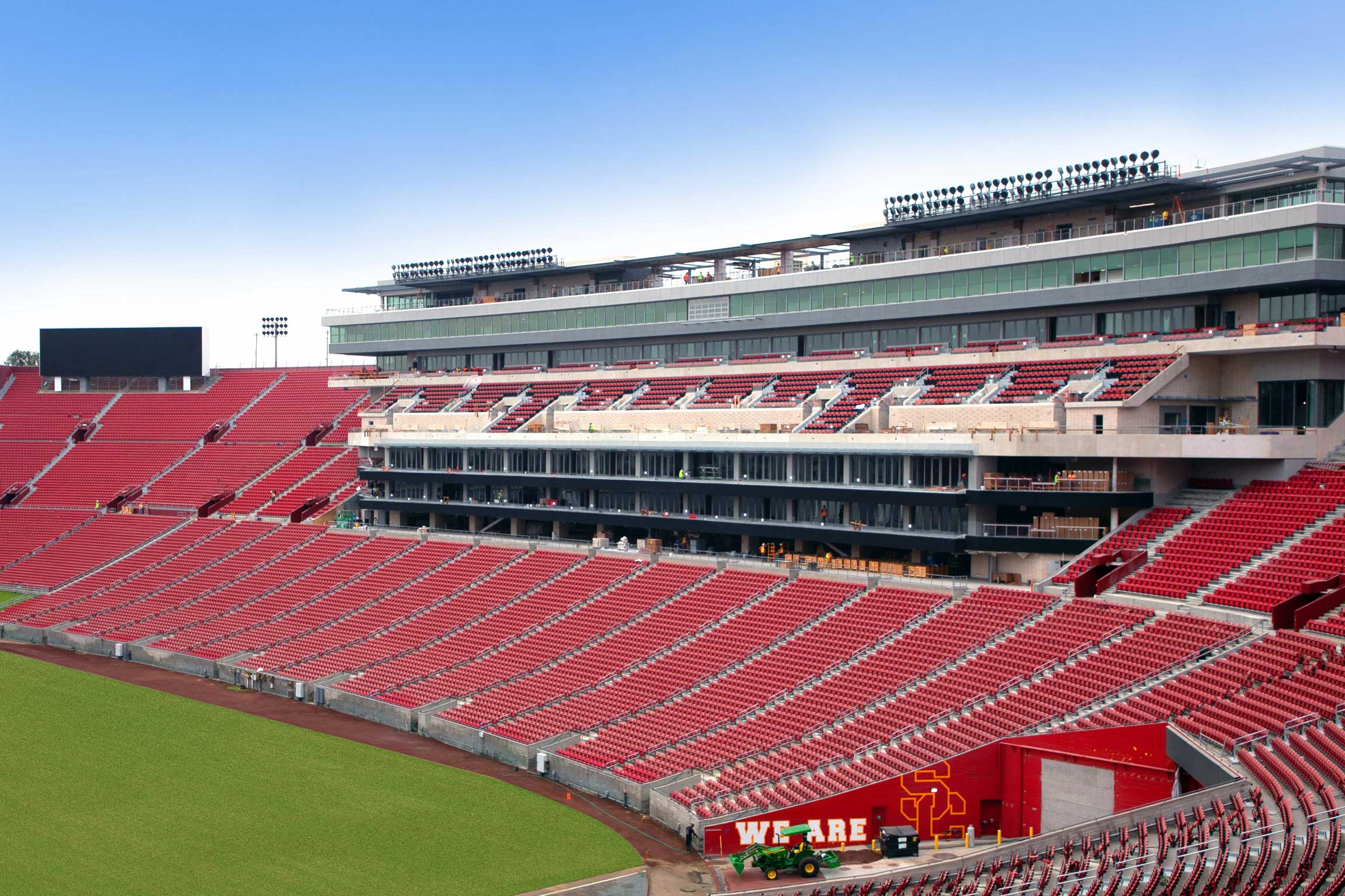Contracts for professional sports athletes have reached astronomical levels. You can not blame these athletes for going after an amount of money that someone is willing to pay them. How do these salaries compare to the income of the average fan?
An increasingly common contract value in Major League Baseball, the National Football League and the National Basketball Association is $35 million per season. In comparison the median income in the US in 2018 was just under $62,000, roughly the annual salary of a school teacher. I will refer to these people earning that amount as "average fans."
Let the comparisons begin. One $35M contract equates to 564 average fans requiring 29 rows at 20 seats per row.
Baseball
A starting pitcher pitches one out of five games resulting in 32 games a season. A pitcher of this caliber will pitch on average 7 innings a game, 100 total pitches and one strike out per inning.
Comparison: $1.1M per game (17.8 average fans), $11K per pitch, $156K per inning or strike out (2.5 average fans).
A fielding player plays roughly 155 games, three at-bats per game and hits 0.300 resulting in a total of 140 hits for a season.
Comparison: $226K per game (3.6 average fans), $250K per hit (4 average fans)
To put it another way one strike out equals 2.5 years of work, six pitches equals one year of work or one hit equals four years of work.
Football
Quarterback is the position with the highest pay. There are 16 games in a season. In a game there are 70 offensive plays, 36 pass attempts, 22 completions, 2 touchdown passes.
Comparison: $2.2M per game (35.6 fans), $31K per play (half a fan), $61K per completion (1 fan), $1.1M per TD (17.8 fans)
In other words two pass attempts or one completion equals the annual salary of one fan.
Basketball
A star NBA likely will play 80 games out of an 82 game schedule and averages 32 points per game.
Comparison: $438K per game (7 fans) and $13.7K per point (1/4th a fan).
In other words two 2-point baskets equals the annual salary of one fan.
As I write this there are talks that one NFL quarterback may attain the $50M per season level. While we have looked at some large dollar amounts lets compare average player salaries. Major League Baseball $4.4M, National Football League $2.7M and National Basketball Association $7.7M. These salaries may seem rather lofty for the average fan but when compared with the upper extremes they have the appearance of "normality."
Another interesting comparison is the value of a sports team. Pro sports teams range in value from one to five billion dollars. You would have to work every day (365) for three years at $1M per day to be able to afford a bottom end value pro sports team.
The high value player contracts do make for some interesting comparisons.
Another interesting comparison is the value of a sports team. Pro sports teams range in value from one to five billion dollars. You would have to work every day (365) for three years at $1M per day to be able to afford a bottom end value pro sports team.
The high value player contracts do make for some interesting comparisons.

